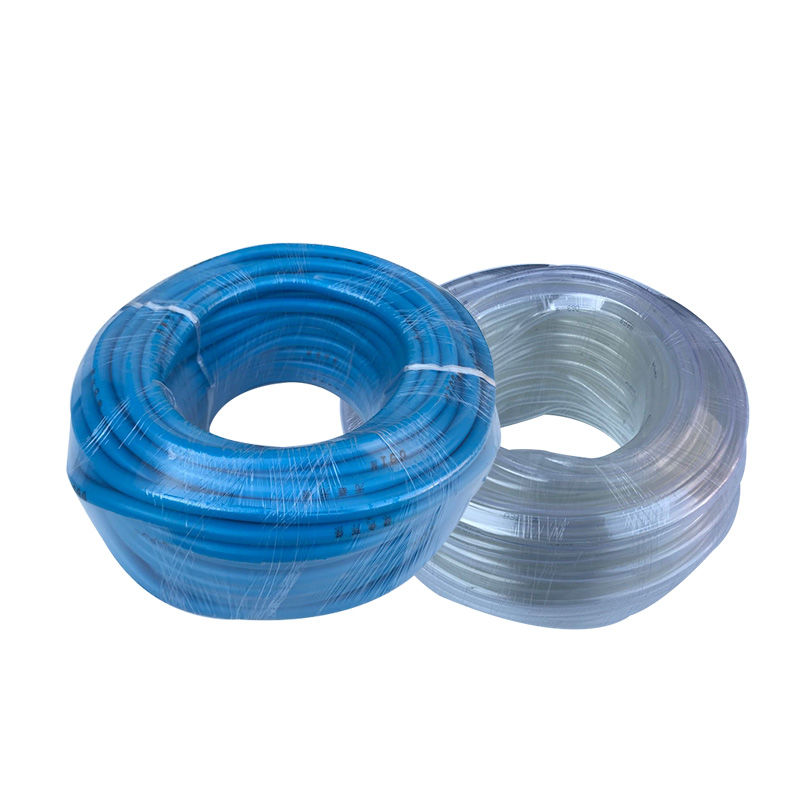Innovative Solutions for Efficient Poultry Transportation Using Advanced Cage Designs
Nov . 27, 2024 05:39 Back to list
Innovative Solutions for Efficient Poultry Transportation Using Advanced Cage Designs
The Importance of Poultry Transportation Cages
Poultry transportation cages play a crucial role in the poultry industry, ensuring the safe and humane transport of birds from farms to processing facilities and markets. As the demand for poultry products continues to rise globally, the significance of efficient and effective transportation methods has never been more pronounced. This article delves into the various aspects of poultry transportation cages, highlighting their design, benefits, and the impact they have on the overall poultry supply chain.
Design Features of Poultry Transportation Cages
Poultry transportation cages are typically constructed from durable materials such as high-quality plastic or metal. These materials are chosen for their strength, lightweight nature, and resistance to corrosion. The design of these cages is essential to ensure that the birds are adequately protected during transit while also providing them with enough space to prevent injury.
Most cages come equipped with ventilation openings, allowing for sufficient airflow. Proper ventilation is critical in maintaining a suitable temperature inside the cage, thereby reducing stress levels among the birds. Additionally, some cages are designed with removable dividers, enabling the transport of different poultry species or age groups simultaneously, ensuring versatility.
Another important feature is the accessibility of the cages. They are designed to allow for easy loading and unloading, minimizing handling time and reducing the risk of injury to both the birds and the personnel involved in the process. Many transportation cages are stackable, facilitating more efficient use of space in transport vehicles. This stacking capability not only maximizes cargo capacity but also contributes to reduced fuel consumption and lower transportation costs.
Benefits of Using Transportation Cages
The use of specialized poultry transportation cages offers numerous benefits to poultry producers and the industry as a whole. Firstly, these cages promote the welfare of the birds during transport. By providing a safe and comfortable environment, the likelihood of stress-induced injuries or fatalities among the birds decreases significantly. This aspect is crucial, as the welfare of poultry has garnered increasing attention from consumers and regulatory bodies alike.
poultry transportation cages

Moreover, the robustness of these cages minimizes losses during transit. Birds that are well-protected and secure are less likely to experience bruising or other injuries, resulting in higher quality products when they reach their destination. This, in turn, enhances the market value of the poultry and improves profitability for producers.
Another key advantage is the hygienic aspect of transportation cages. The materials used in their construction are often easy to clean and disinfect, helping to prevent the spread of diseases among poultry during transit. This is particularly important in the prevention of avian diseases, which can have devastating impacts on poultry populations and, subsequently, the food supply chain.
Environmental and Economic Impact
In addition to animal welfare and hygiene benefits, the use of poultry transportation cages also has significant environmental and economic implications. Improved transportation efficiency means reduced fuel consumption, which translates to lower greenhouse gas emissions. By optimizing load capacities and reducing the number of trips required for deliveries, the poultry industry can minimize its overall carbon footprint.
Economically, the investment in high-quality transportation cages pays off by reducing losses and improving product quality. Poultry producers can offer their products at competitive prices while ensuring consumer safety and satisfaction, thus fostering customer loyalty and expanding market reach.
Conclusion
Poultry transportation cages are an integral component of the poultry supply chain, enhancing animal welfare, improving product quality, and promoting environmental sustainability. As the poultry industry continues to grow, investing in innovative cage designs and practices will be essential in meeting the challenges of future demand while adhering to safety and welfare standards. By prioritizing the development and implementation of efficient transportation solutions, the poultry sector can ensure a healthy and sustainable future for both producers and consumers alike.
-
Automatic Feeding Line System-Pan Feeder Nipple Drinker|Anping County Yize Metal Products Co., Ltd.
NewsJul.29,2025
-
Hot Sale 24 & 18 Door Rabbit Cages - Premium Breeding Solutions
NewsJul.25,2025
-
Automatic Feeding Line System Pan Feeder Nipple Drinker - Anping County Yize Metal Products Co., Ltd.
NewsJul.21,2025
-
Automatic Feeding Line System Pan Feeder Nipple Drinker - Anping County Yize Metal Products Co., Ltd.
NewsJul.21,2025
-
Automatic Feeding Line System - Anping Yize | Precision & Nipple
NewsJul.21,2025
-
Automatic Feeding Line System - Anping Yize | Precision & Nipple
NewsJul.21,2025






